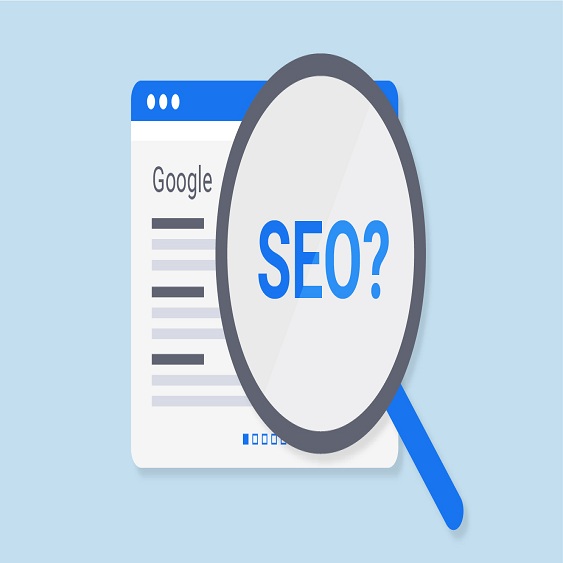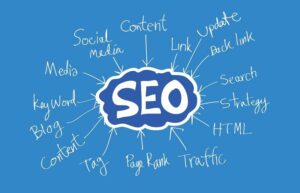The visual is at the center of your content strategy in 2015 ! Very impactful and easily viewable on mobile, it is a key element of your digital communication, but also an excellent asset for your SEO . Indeed, optimized in strategic places, your images become an important lever to generate more traffic to your site and increase in the results.
To optimize your blog images or those of your e-commerce site , here are the 7 main elements to take into account.
1. The file name
We don’t often think about it and it’s a shame, but the name of your file plays a role in your ranking in Google Images . Name it with the keywords related to your content. Also use hyphens to separate words, this will promote good visibility of your image file.
2. The alt attribute
Often underestimated, the “Alt” tag remains an important element for optimizing your image. Indeed, this tag is very useful for providing a description of the content of your visual to search engines .
This attribute should include a small descriptive sentence that contains your keywords. This is the perfect place to work on your long tail expressions .
3. The image caption
Add a small description as a caption to provide additional commentary to Internet users. It must be succinct, but serve as an explanation for the reader as well as for Google. Insert your keywords in a natural way , so that the reading of these few lines remains fluid.
4. The title
To help other users easily find your image, choose a clear, short and descriptive title. Note that the title is often the sentence contained in the small bubble that appears when you place the cursor over an image.
Therefore, the title of your photo should be useful and informative, while containing at least one keyword .
5. The image sitemap
You certainly have a sitemap on your website. This allows you to provide valuable information on the tree structure of your site to Google. It is possible to also add your images to this strategic document for your referencing .
Thanks to this XML file, search engines can be informed about the name of your image, its “Alt” tag, its place on the server, etc. This will allow a better indexing of your images and their consideration in the global referencing of your site.
To find out how to integrate images into your sitemap, we invite you to read the official procedure put in place by Google .
6. Image format
The format of your image must be well chosen to facilitate its display! If you upload a visual that is too heavy, it will take time to appear and will have the opposite effect to that expected: it will penalize your SEO. Google takes into account the loading speed of your site to position you in the results, so be light!
The JPEG format is strongly recommended for its balanced size. In addition, a resolution of 72 dpi is sufficient for web display. Take great care to minimize the files you upload. Feel free to use online tools like Shrink Pictures.
7. A photo related to the content
The photo chosen must be related to the content . Make sure that there is perfect consistency between the two elements in order to optimize their visibility. If you write the title “House” on an image representing a bottle, Google may one day risk penalizing you! Not to mention that to manage your e-reputation, it is better to offer completely coherent content.
Image optimization is essential to improve the positioning of your site on Google . It also allows you to increase your qualified audience and increase the visibility of your activity. With these 7 elements, you will know how to take care of your visuals to boost your SEO.



